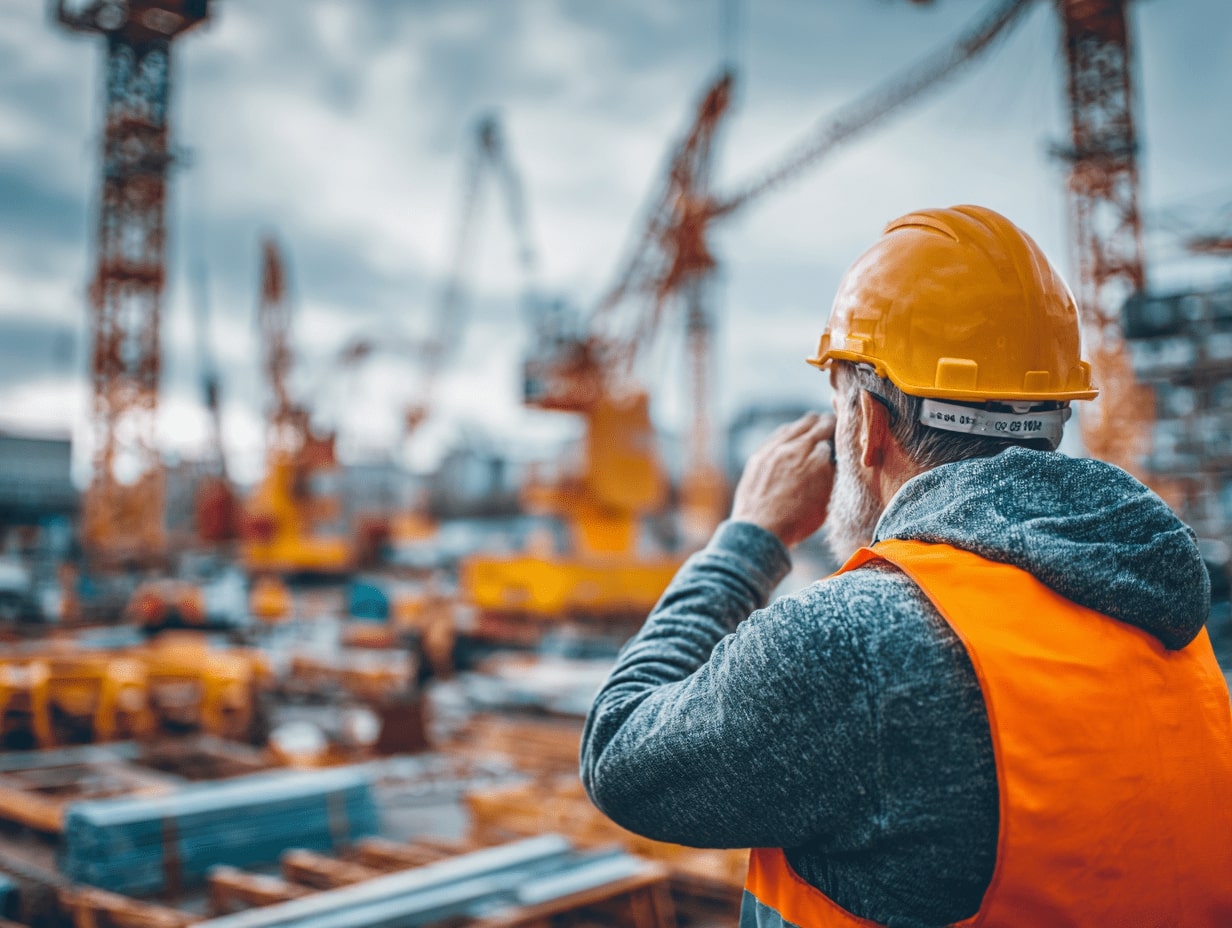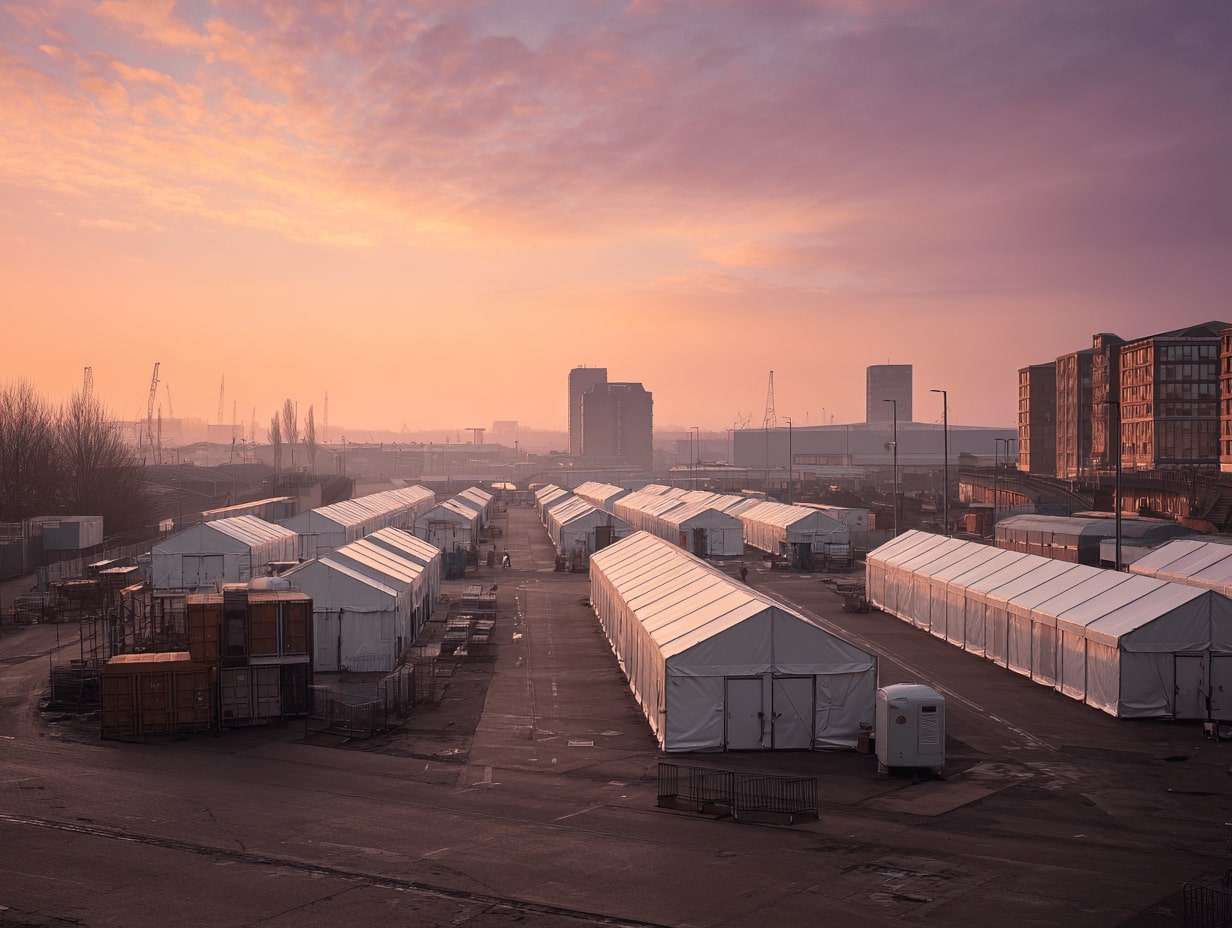- Home
- Articles
- Architectural Portfolio
- Architectral Presentation
- Inspirational Stories
- Architecture News
- Visualization
- BIM Industry
- Facade Design
- Parametric Design
- Career
- Landscape Architecture
- Construction
- Artificial Intelligence
- Sketching
- Design Softwares
- Diagrams
- Writing
- Architectural Tips
- Sustainability
- Courses
- Concept
- Technology
- History & Heritage
- Future of Architecture
- Guides & How-To
- Art & Culture
- Projects
- Interior Design
- Competitions
- Jobs
- Store
- Tools
- More
- Home
- Articles
- Architectural Portfolio
- Architectral Presentation
- Inspirational Stories
- Architecture News
- Visualization
- BIM Industry
- Facade Design
- Parametric Design
- Career
- Landscape Architecture
- Construction
- Artificial Intelligence
- Sketching
- Design Softwares
- Diagrams
- Writing
- Architectural Tips
- Sustainability
- Courses
- Concept
- Technology
- History & Heritage
- Future of Architecture
- Guides & How-To
- Art & Culture
- Projects
- Interior Design
- Competitions
- Jobs
- Store
- Tools
- More
The Architecture of Logistics: Designing for Automated Construction Ecosystems

Construction is changing fast. Machines, data, and pre-planned delivery systems are replacing the old chaos of job sites. Every move is timed. Every tool has a path. Buildings are no longer isolated projects. They connect to a broader, coordinated system.
Architects now face a different challenge. It’s no longer only about form or materials. Logistics plays a central role in shaping spaces. Design has to account for how machines move, how materials arrive, and how systems adapt in real time. Those who understand this shift will lead the future of construction. Everyone else will be catching up.
Table of Contents
ToggleFrom Static Sites to Dynamic Systems
Construction sites used to be predictable. Materials would arrive in bulk, sit on-site for days, and crews would work around the clutter. The process was often slow and reactive.
Today, logistics runs on precision. Deliveries are timed down to the hour. Equipment is moved based on site data. Architects must plan for movement, not just placement. That includes how trucks access a site, where materials are staged, and how delays ripple through the build.
This shift affects design decisions from day one. Entrances may need wider clearances. Temporary roads and crane paths might shape the layout. Even the location of storage containers can influence the overall timeline. Buildings now exist within a tightly choreographed system, and design must account for every moving part.
Designing for Machine Flow and Autonomy
Automation changes everything on-site. Drones, robotic arms, and driverless carriers each need space to operate. Traditional layouts often don’t support the paths these machines follow. Architects now need to think in lines, loops, and zones of movement.
Design choices must consider how machines interact with the structure. Large turning radii. Clear sightlines. Rooftops built for drone drop-offs. These details support uninterrupted workflows. They prevent collisions, delays, and unsafe overlaps between people and machines.
Advances in AI are driving these shifts. Systems can now decide where to send a machine, how fast it should move, and when to reroute it. The growing role of AI in construction means design must support autonomy, not resist it. Planning for this kind of intelligence starts long before the machines arrive. It starts on the architect’s desk.

Integrating Modular and Prefab Logistics
Modular systems rely on timing. If one element arrives early or late, the entire build slows down. That’s why architecture must support smooth delivery and assembly. Designs need to anticipate how prefabricated pieces come together, both physically and logistically.
Roof panels, wall sections, and full units require staging areas. These areas need stable ground, weather protection, and easy access for cranes or hoists. Placement matters. A misplaced storage zone can block movement and waste time.
Even structural elements must align with prefab methods. Connection points should be visible, accessible, and repeatable. Architects who plan for prefab logistics help projects move faster with fewer surprises. Precision starts before manufacturing. It begins with drawings that think ahead.
Real-Time Data and the Responsive Jobsite
Construction no longer moves on instinct alone. Sensors, trackers, and software deliver updates by the second. Locations of crews, delivery times, and workflow changes are all visible in real time. Architecture must match this pace.
Designs should make room for quick adjustments. Movable partitions, flexible access paths, and modular service zones allow teams to shift direction when needed. These choices keep the project running, even when delays or surprises happen.
Buildings are no longer passive. They need to adapt as conditions evolve. Architects who build with that in mind help projects stay efficient, even in the face of pressure or change.
Embedding Logistics into Building Lifecycle Planning
Construction logistics don’t stop after the last beam is set. Once occupied, a building enters a new phase of motion. Repairs, upgrades, and supply delivery continue to rely on how space is organized.
Architects should plan long-term functionality. Service corridors, mechanical access panels, and removable facade sections can support future maintenance without disrupting daily use. Retrofitting becomes easier when systems are exposed, not hidden.
Design that accounts for the full lifecycle reduces strain later on. It allows building managers to respond quickly to changing needs. From waste management flow to replacement part delivery, logistics remain active behind the scenes. A building that supports these operations performs more reliably and stays useful longer. Thoughtful building lifecycle planning at the design stage shapes how well that structure functions decades into the future.
Wrapping Up
Architecture shapes more than structures. It sets the rhythm for how construction unfolds. In automated ecosystems, every inch matters. Every delay has a cost. Logistics must guide design from the start.
When movement, timing, and adaptability shape the process, buildings work as part of a larger system. Architects who understand this shift will create spaces that perform with precision and purpose. Good design now means thinking beyond form. It means making construction smarter, faster, and more resilient.
illustrarch is your daily dose of architecture. Leading community designed for all lovers of illustration and #drawing.
Submit your architectural projects
Follow these steps for submission your project. Submission FormLatest Posts
Why Legal Support Is Critical After a Serious Construction Accident
If you are dealing with a construction accident or have ever watched...
7 Common Myths Every Contractor Should Stop Believing
The construction landscape is a complicated place at the best of times,...
Automation in Construction: Why Human Safety Still Matters
Automation in construction can cut injuries, but new risks emerge. Learn practical...
The Beauty of Temporary Buildings: Why Ephemeral Architecture Captivates Us
Explore the beauty of temporary buildings with design principles, sustainable materials, and...












Leave a comment